
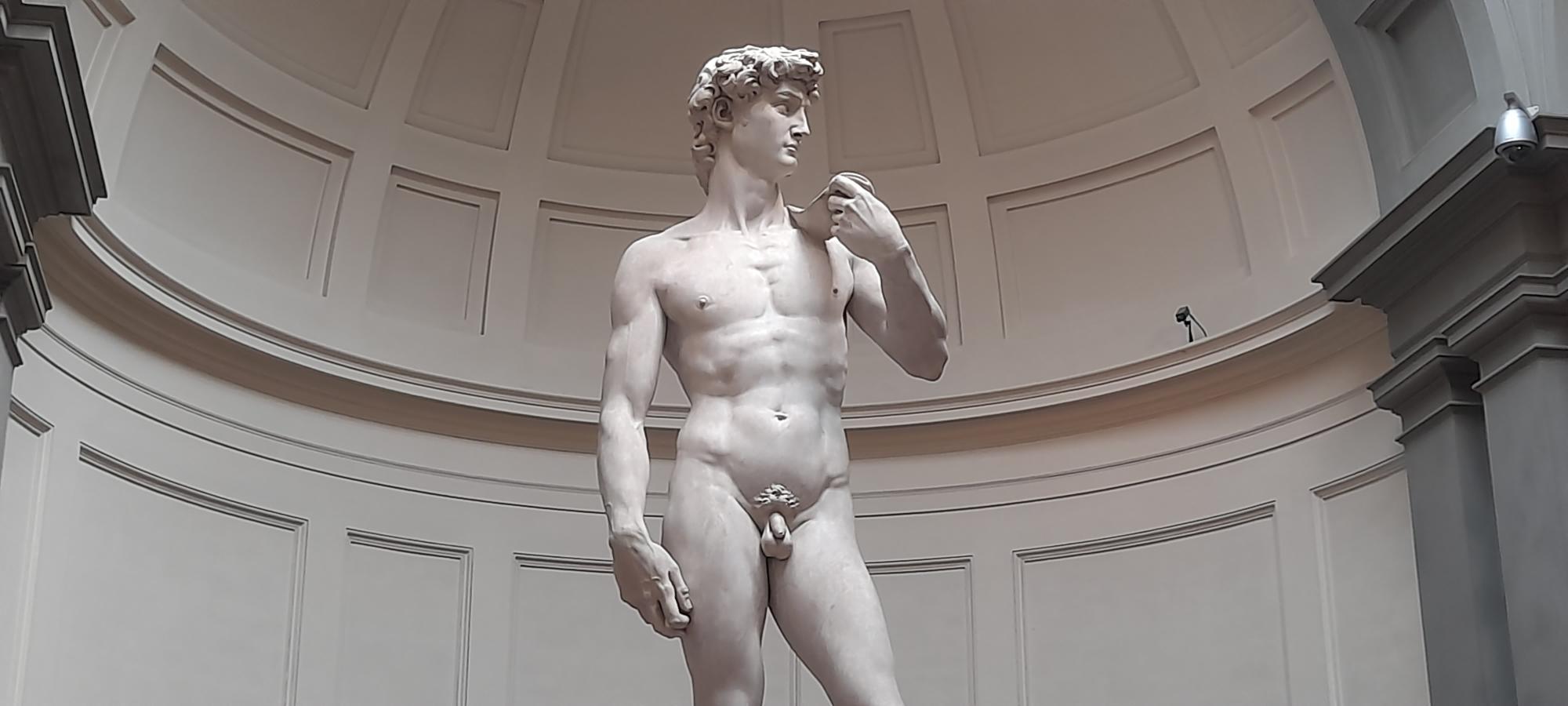
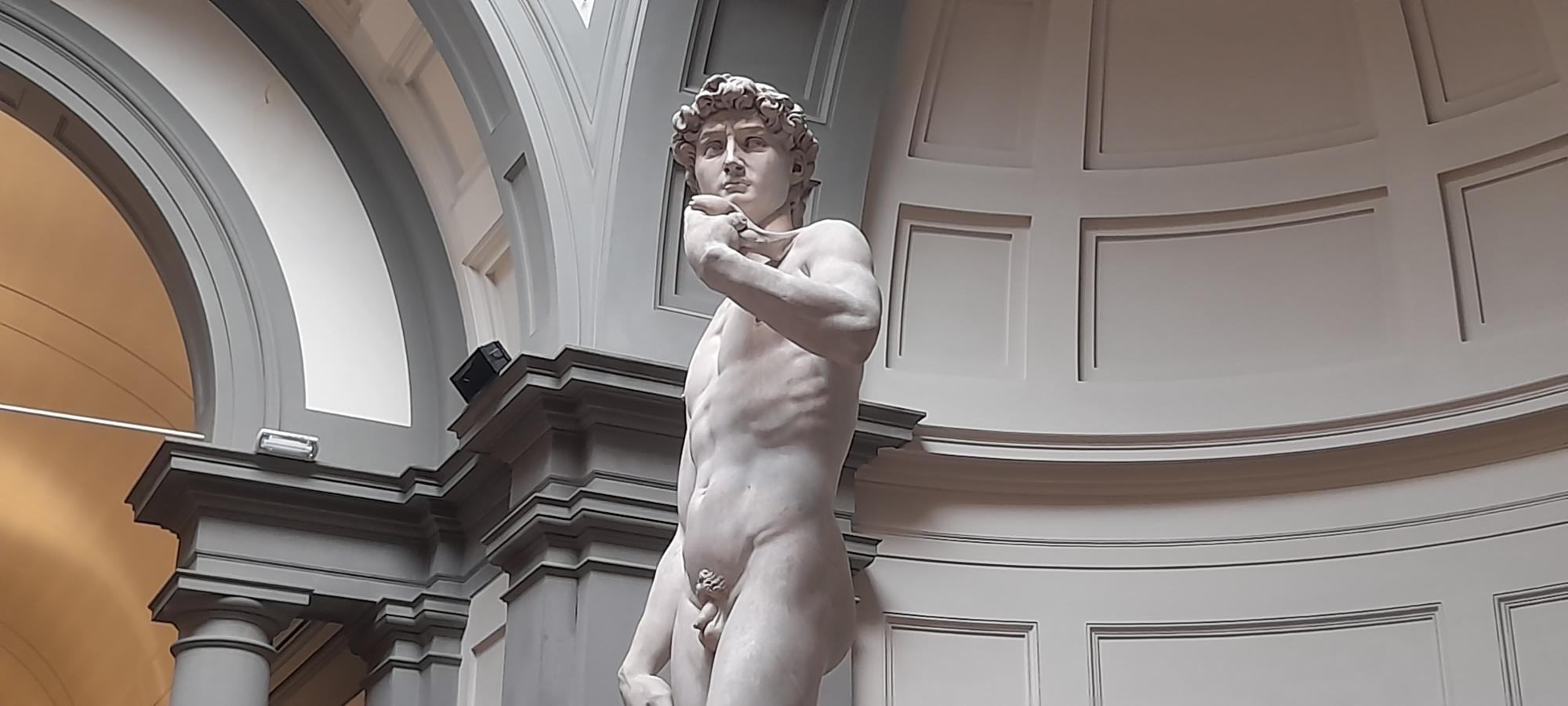
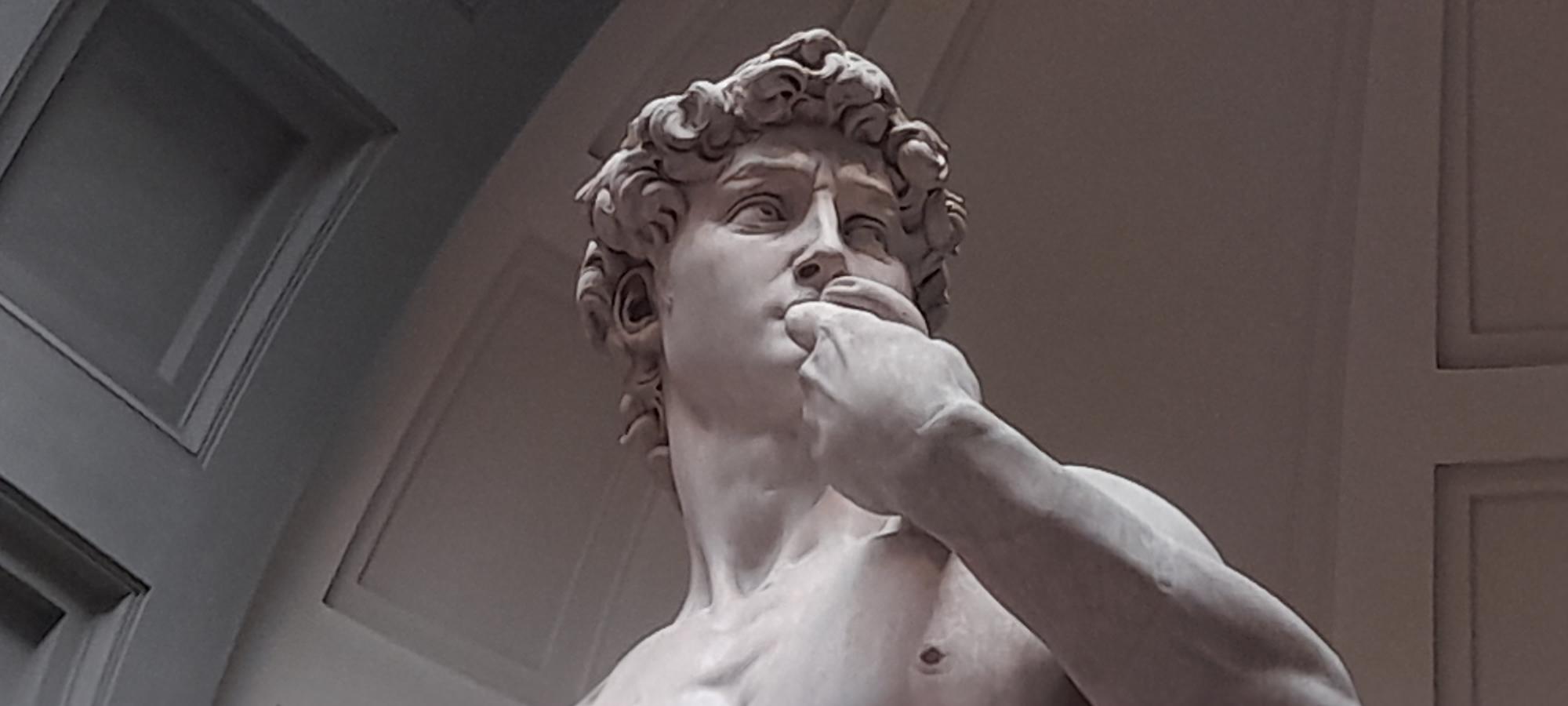
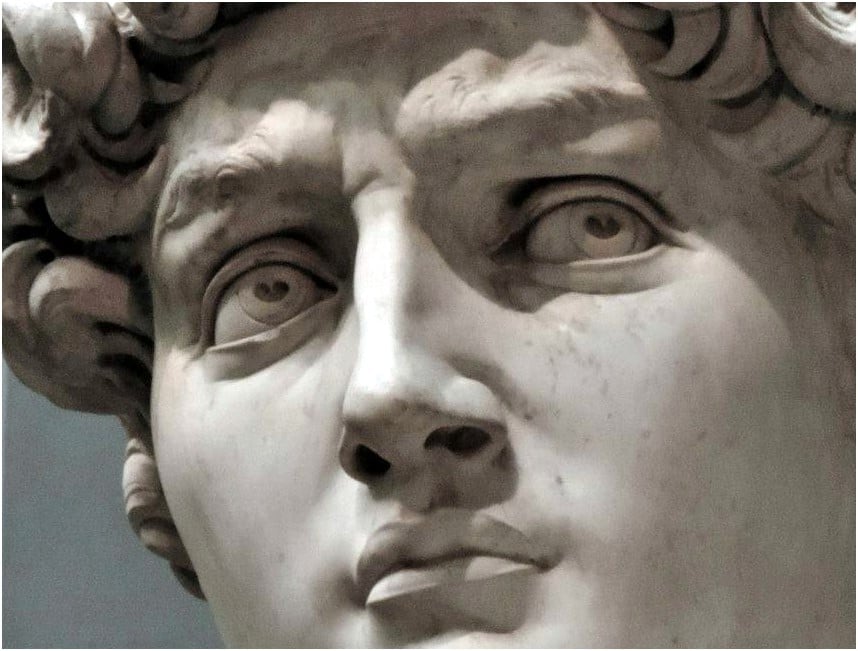
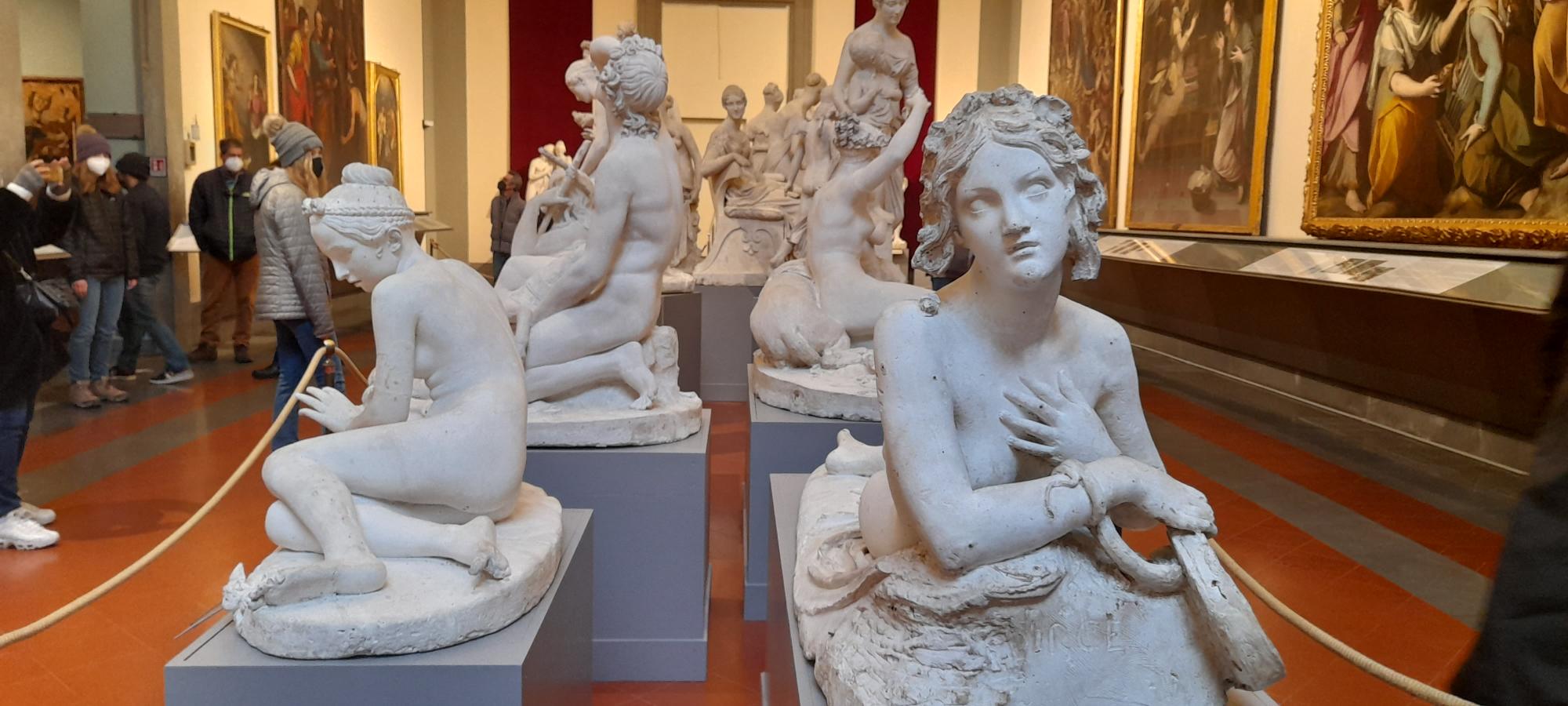

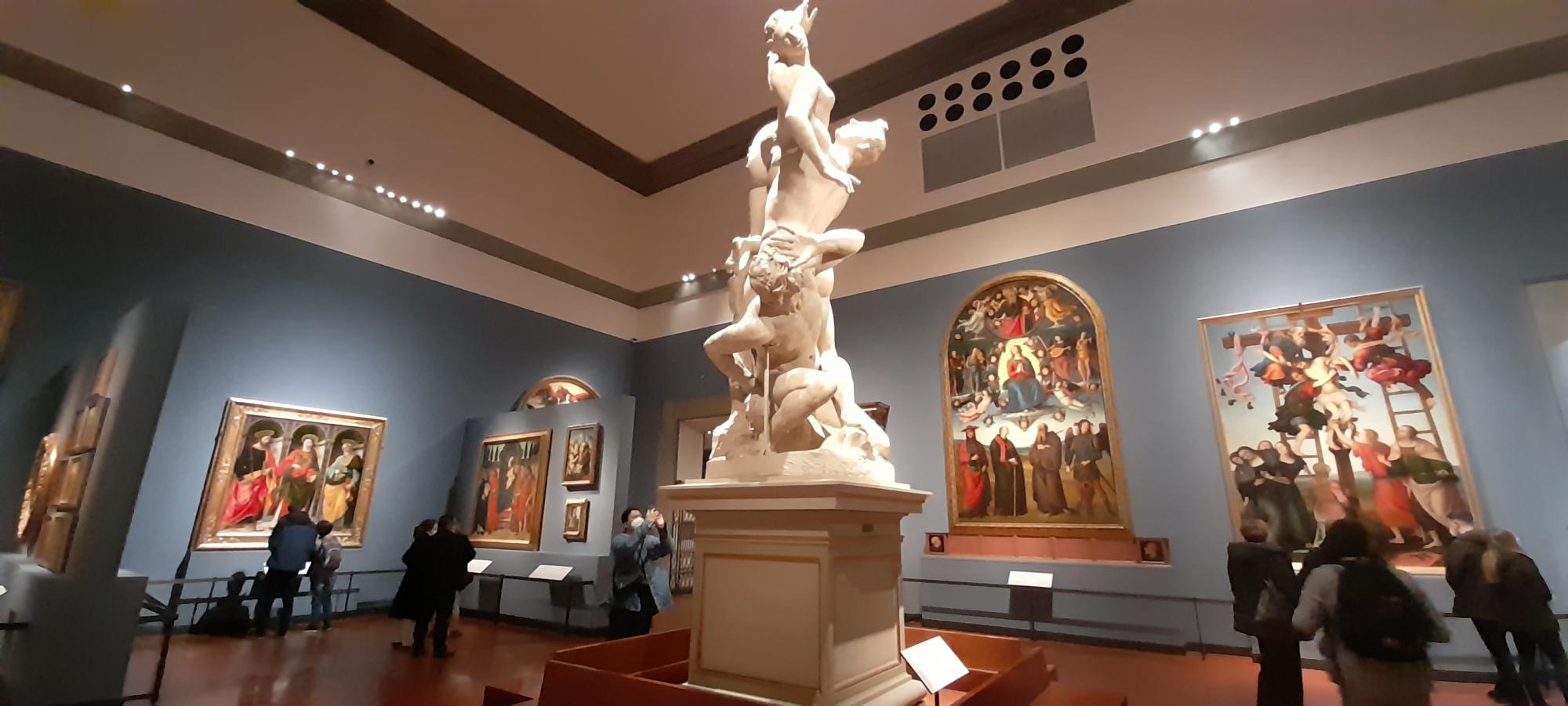
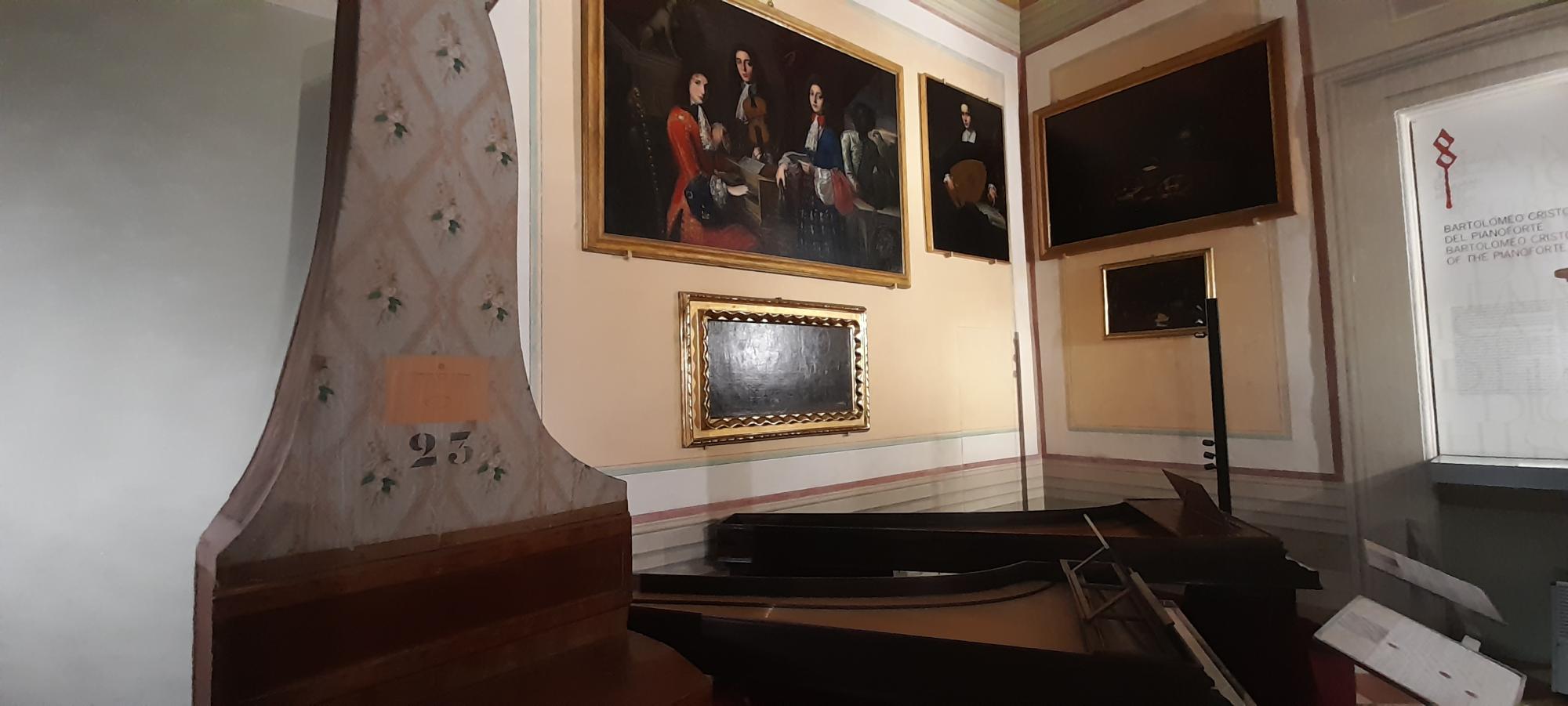
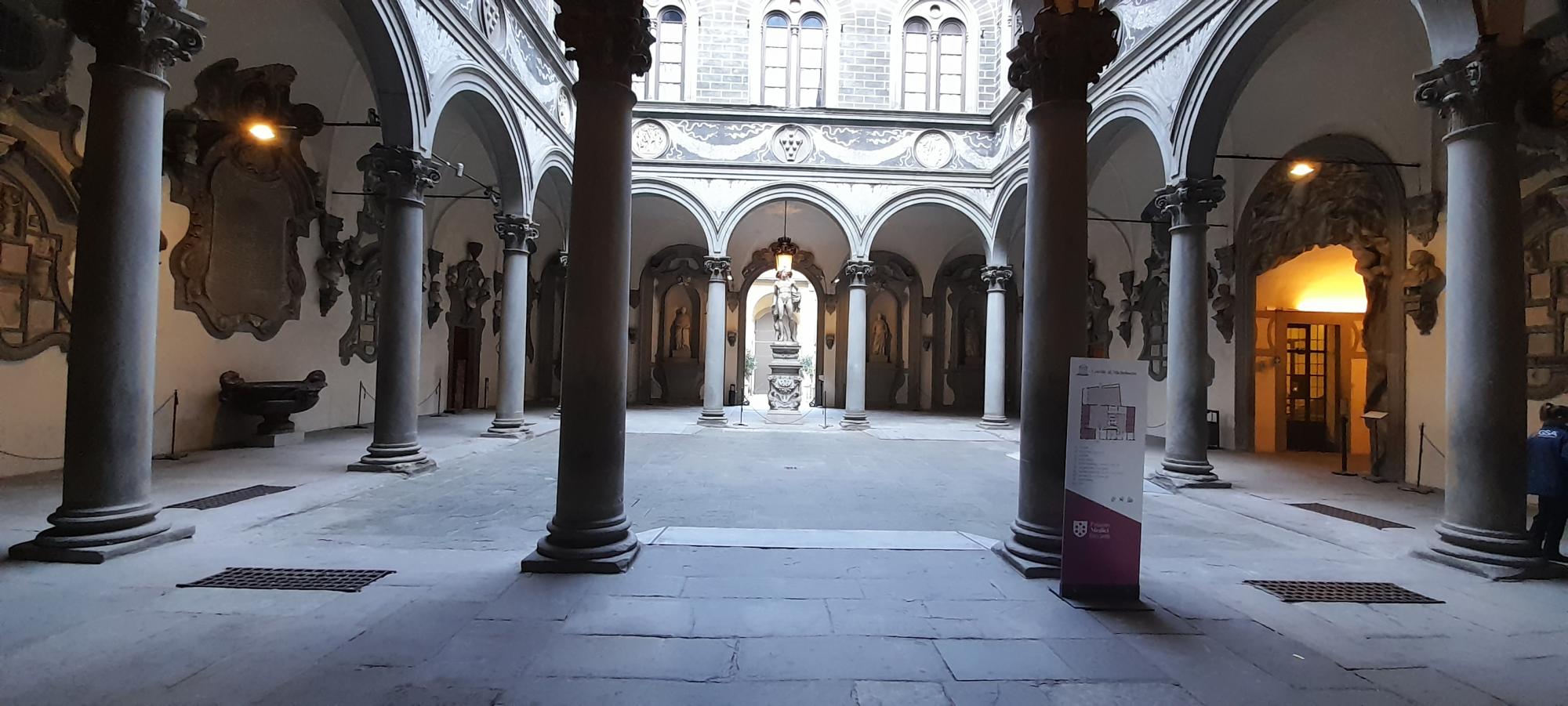
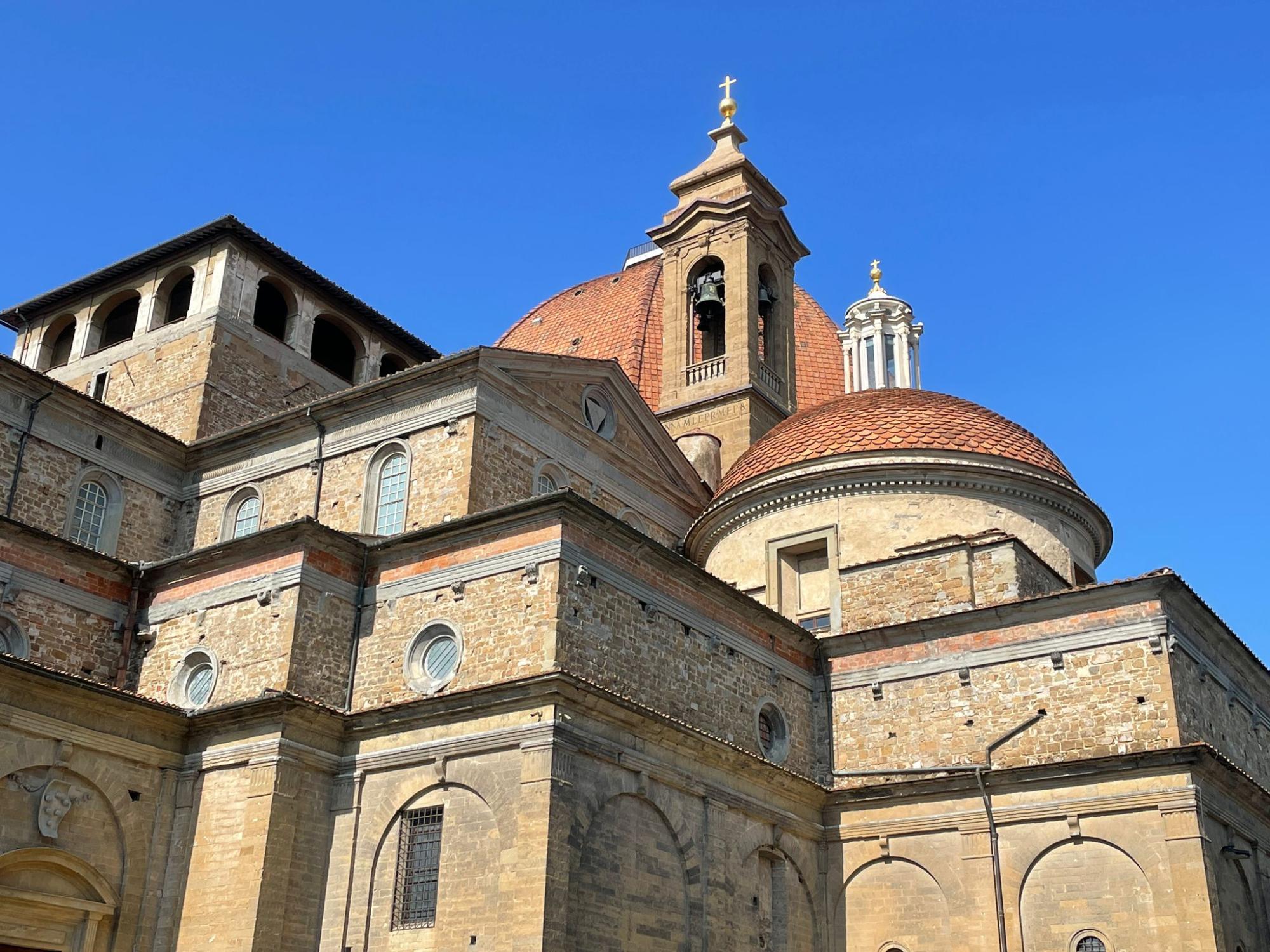
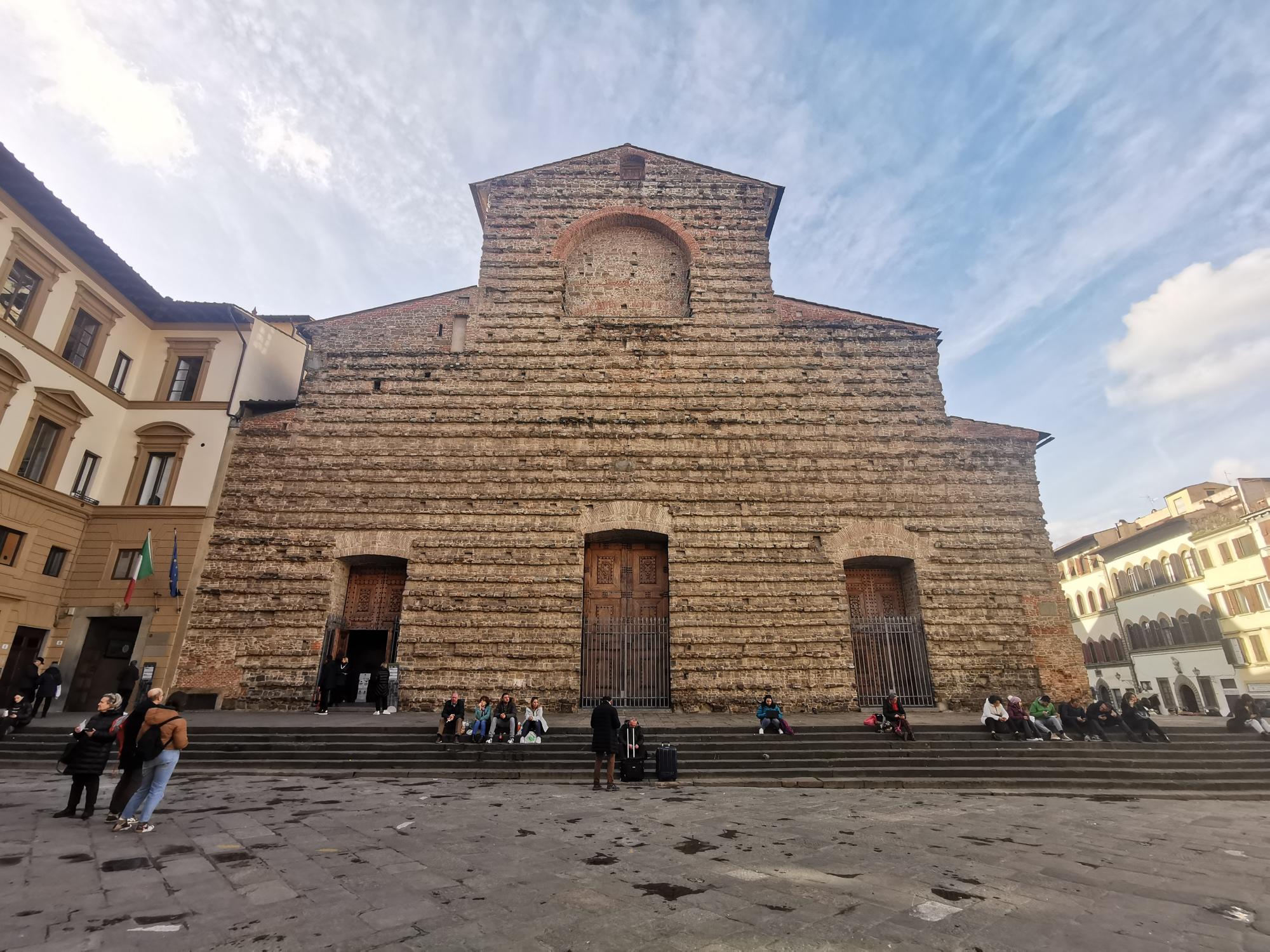
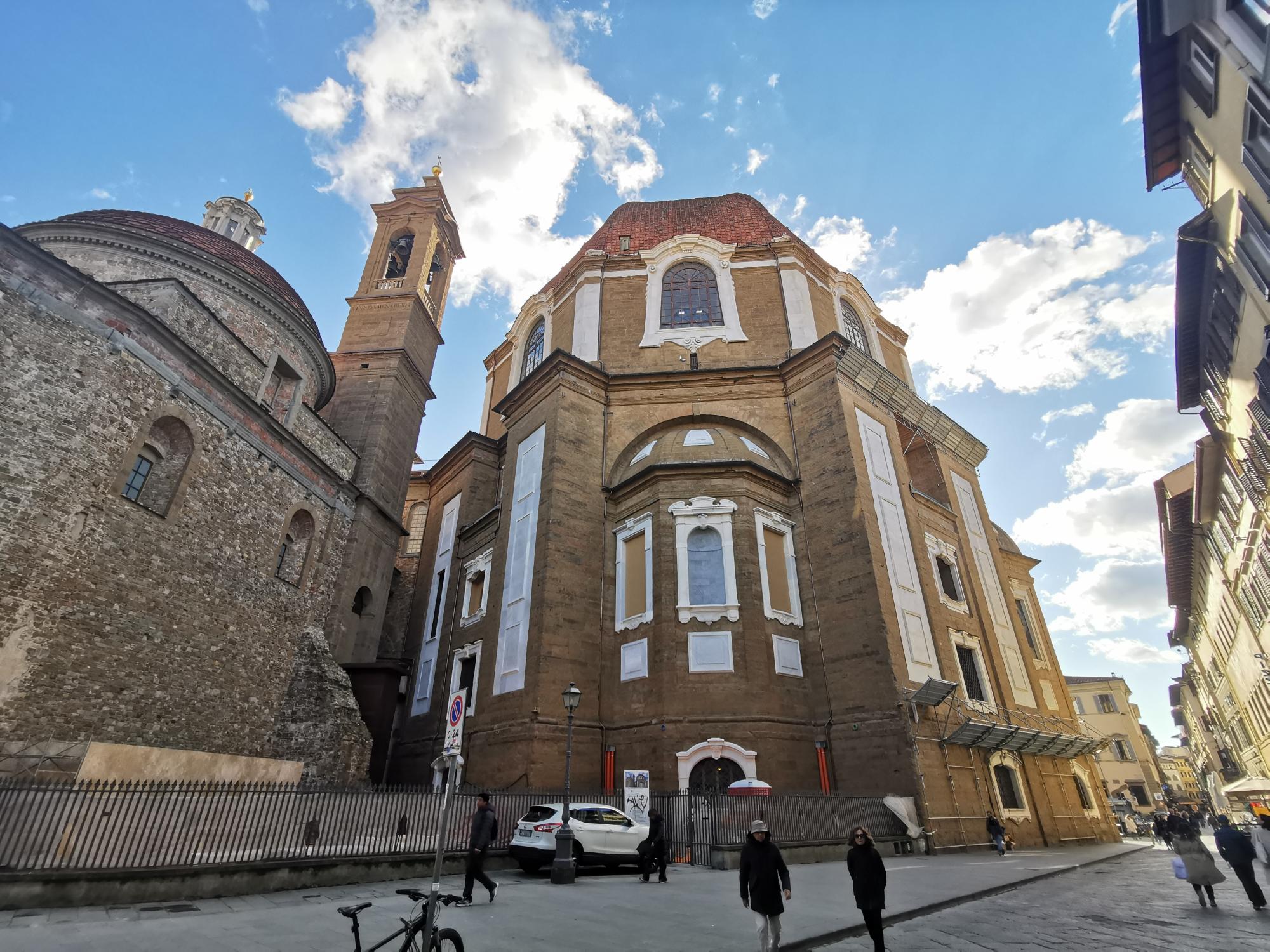
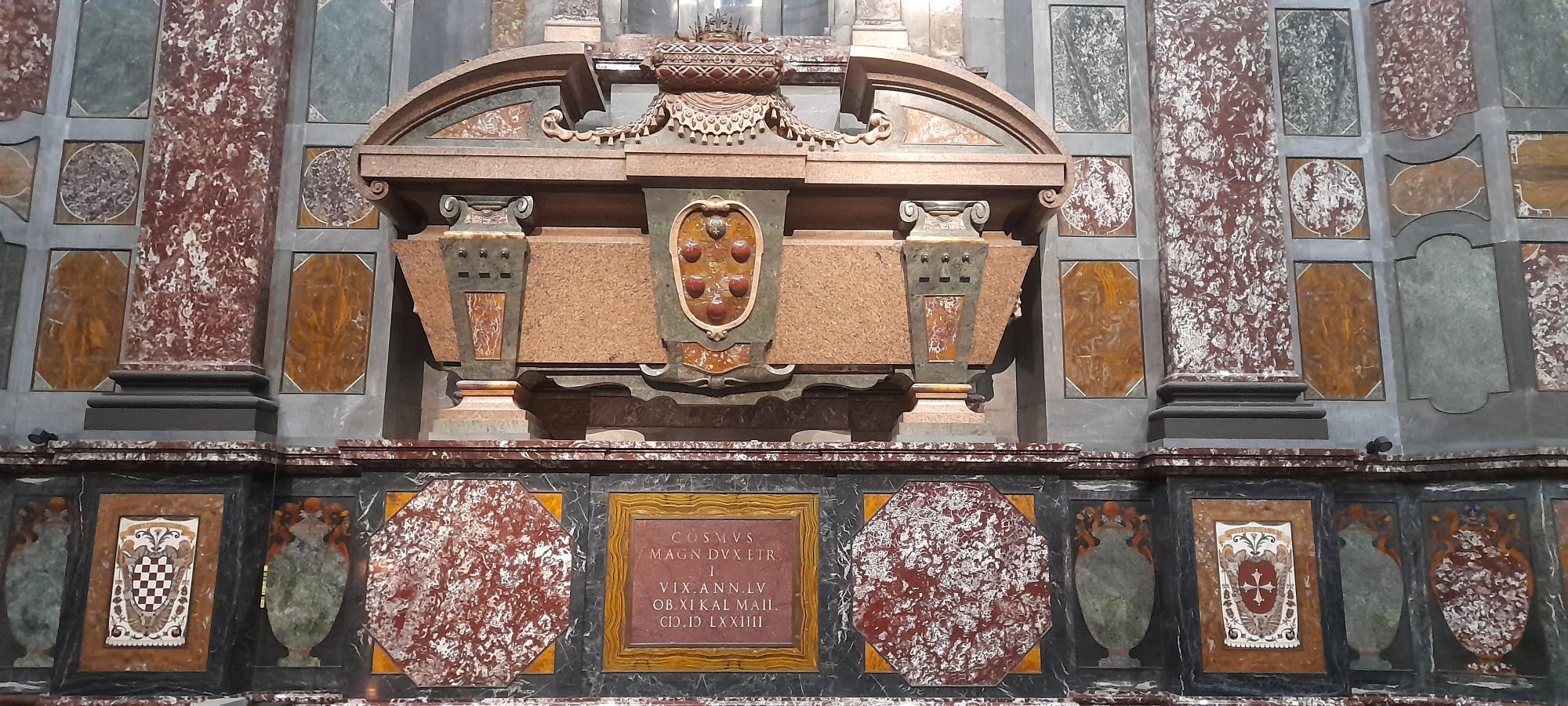
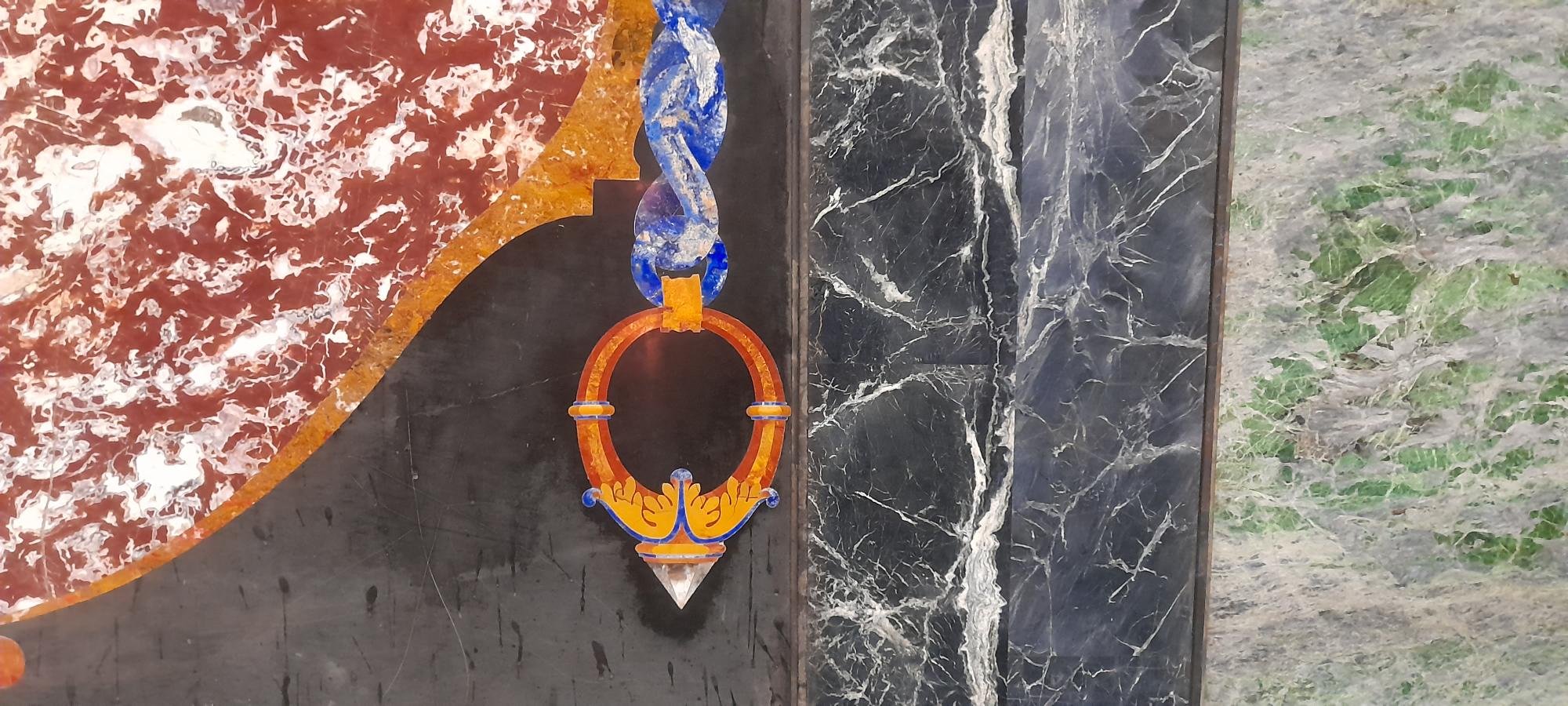
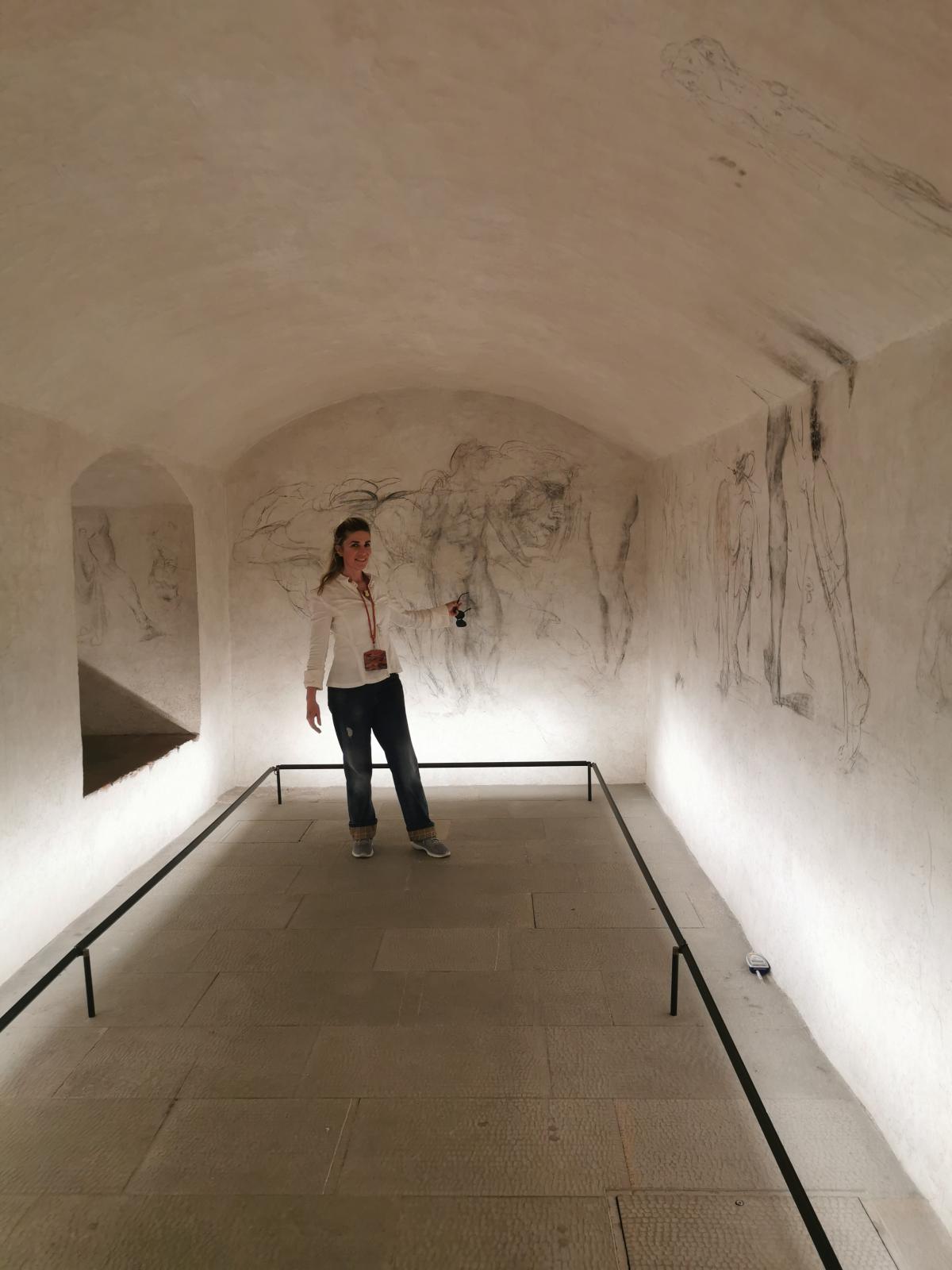
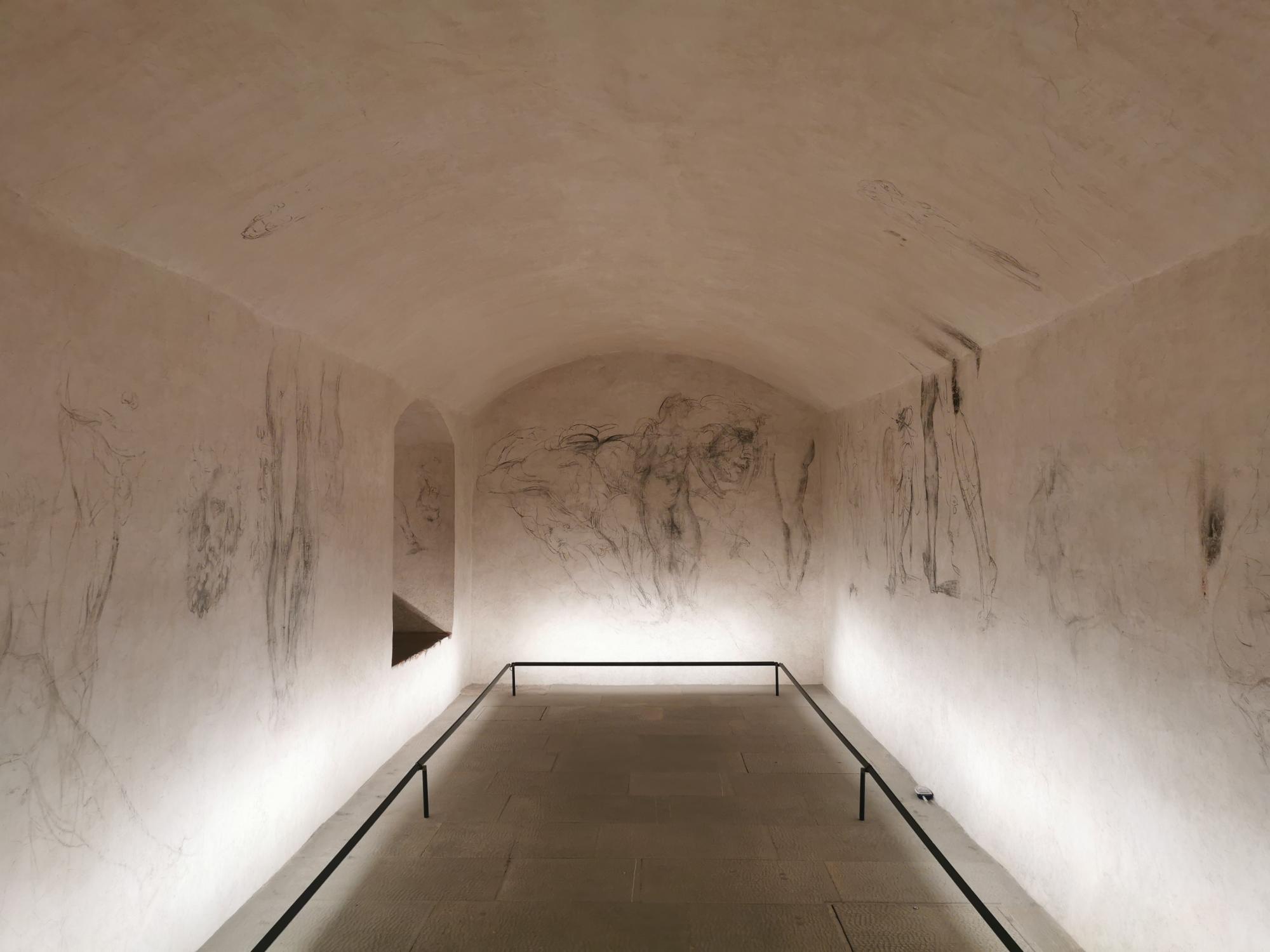
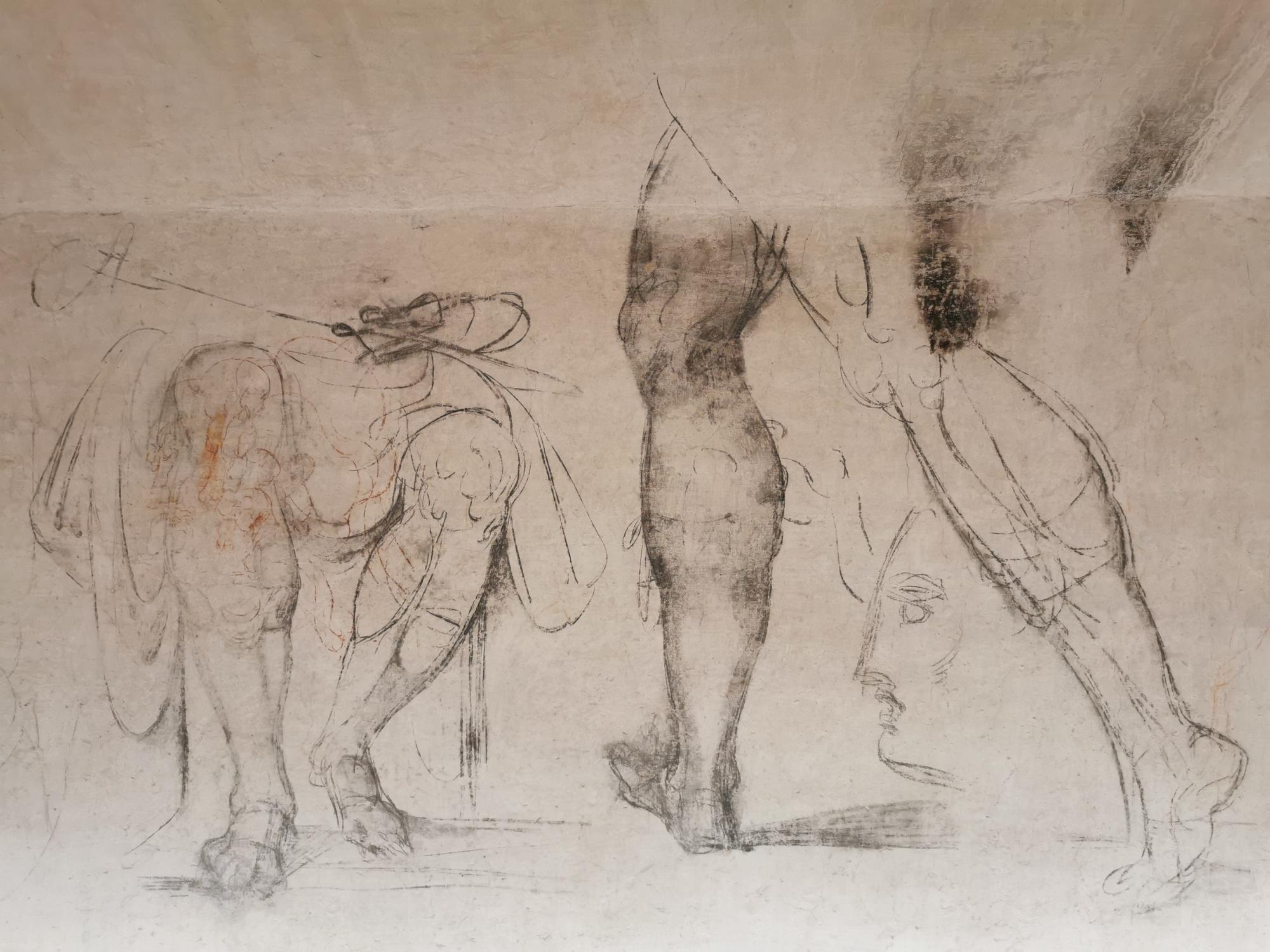
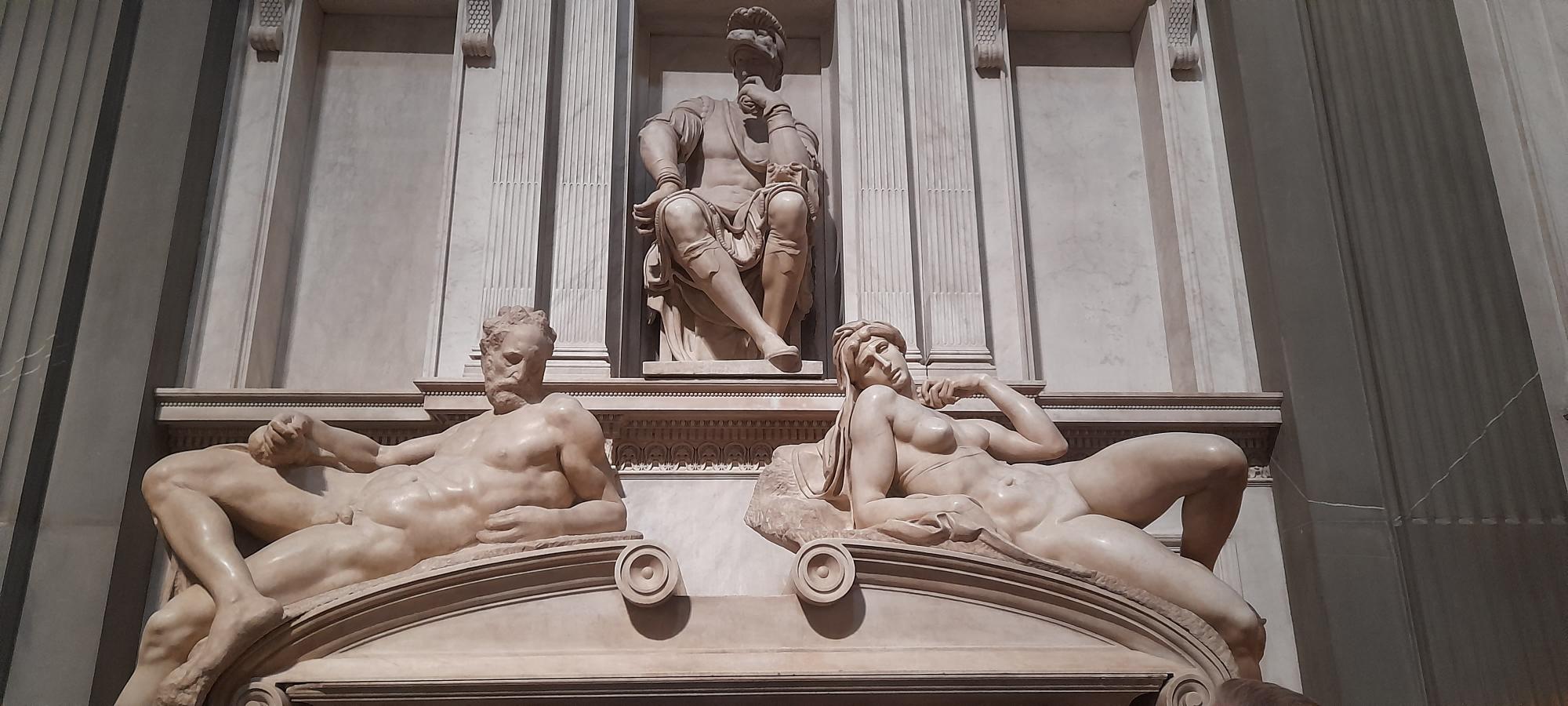
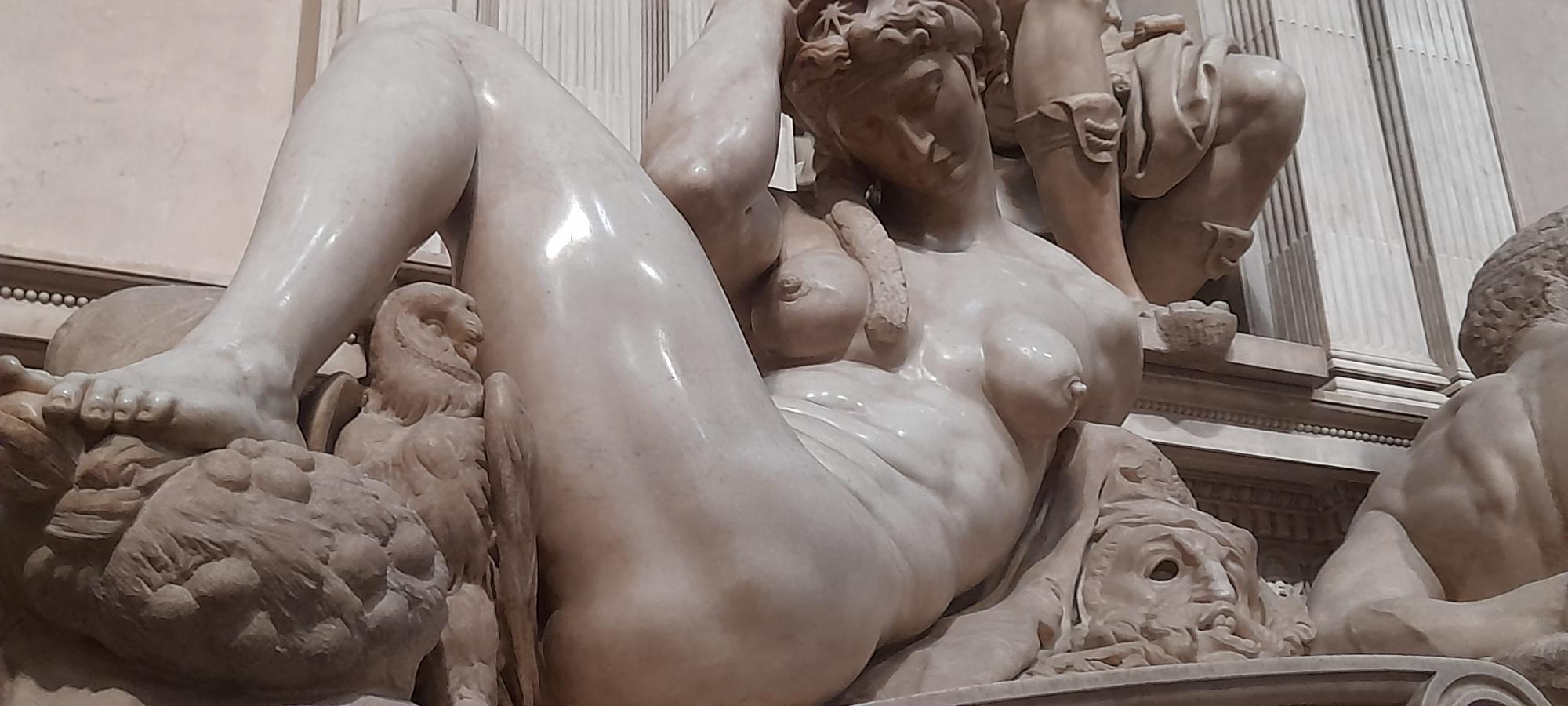
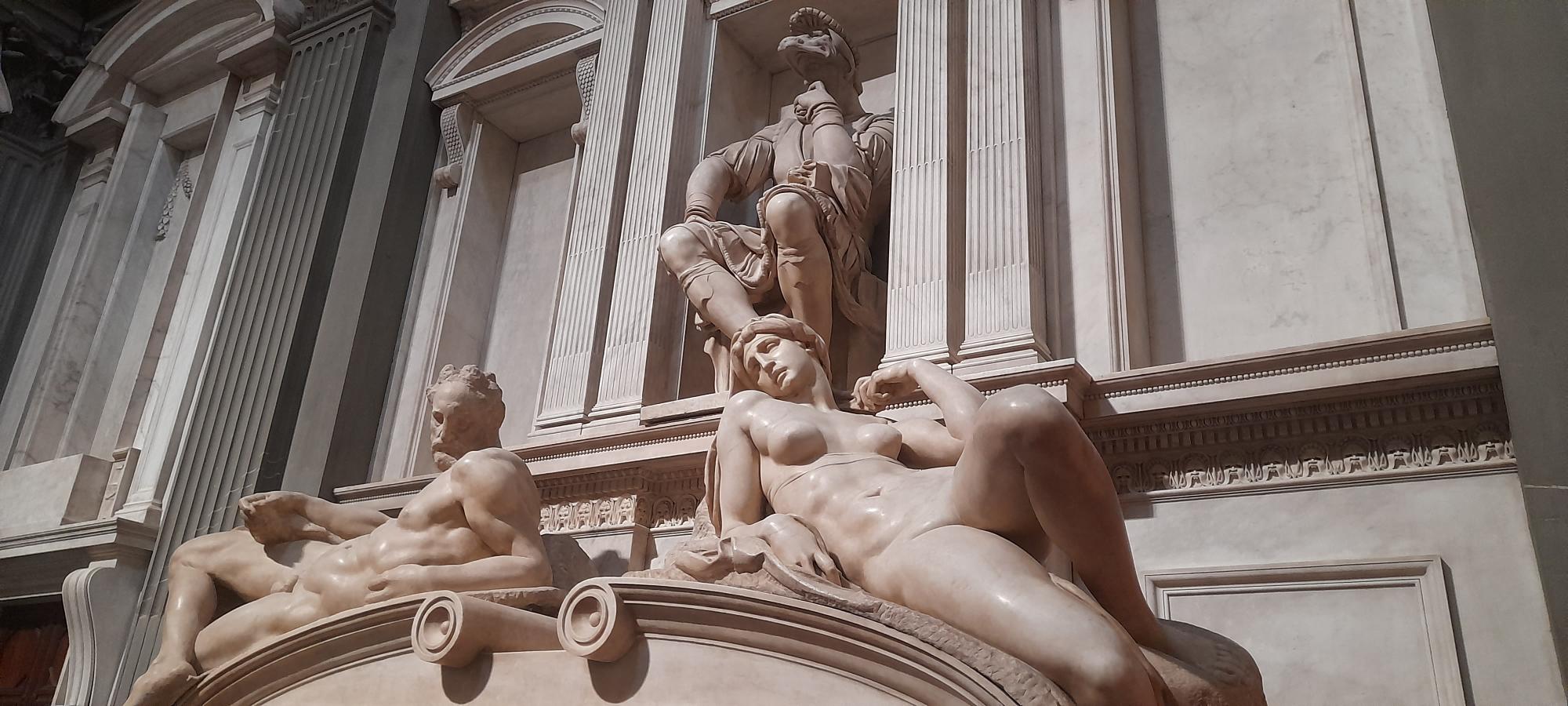





















Accademia Gallery, Medici Chapels & Michelangelo's Secret Room
Tour Description
Michelangelo in Florence: the determination of an independent artist
Accademia Gallery Guided Tour with Michelangelo's David and Museum of the Medici Chapels with Michelangelo's "Secret Room"
This tour puts the spotlight on the turbulent world of Renaissance art, politics, and patronage through the artworks of the supremely gifted Michelangelo. Not only do his finest masterpieces convey true beauty and expertise, they also portray his political ideals and his uniquely complex relationship with the Medici.
During the course of a long and turbulent career, Michelangelo created some of his greatest works for wealthy and powerful patrons, as demonstrated through the New Sacristy of the Medici Chapels. Working also for their enemies, his republican beliefs and commitment to Florence are reflected through the Renaissance Statue of David, one of the most famous sculptures in the world, exhibited in the Accademia Gallery.
Although the beliefs of the Medici were contrary to his, he was not a compromising character and had no issue holding his ground. Michelangelo constantly remained true to his art, his beliefs, and his political ideals. For this, he is considered an independent modern artist, renowned for bringing genius works into existence.
Accademia Gallery Tour - the "David" Museum
We begin by visiting the Accademia Gallery to explore the significance of David and the historical context that produced it, back when Florence was perceived as the ‘New Athens’.
The David is a masterpiece of Renaissance sculpture, created by Michelangelo between 1501 and 1504 as a symbol of the strength and endurance of the Florentine Republic. The statue represents the biblical hero David, known for his victory over Goliath, is made of marble and is 5.17 metres (17 ft) high. It portrays David in a moment of contemplation and concentration, his body tense and ready to spring into action. The details of the statue are unbelievably realistic, from the veins in his arms to the hair on his head.
We will observe the relationship between Michelangelo and marble through his ‘unfinished’ sculptures Prisoners or Slaves as well as his Saint Matthew.
The Accademia, a 360° museum
In addition to Michelangelo's David, the gallery displays many other important paintings and works of art from the Renaissance period, including sculptures by Giambologna and paintings by Sandro Botticelli, Domenico Ghirlandaio, and Andrea del Sarto as well as a section dedicated to precious musical instruments from the Medici and Lorraine collections. Do not miss the chance to see a one-of-a-kind Stradivarius viola and the first piano invented by Bartolomeo Cristofori.
The Chapel of the Princes, the mausoleum of the Medici family
On our way to the Medici Chapels, we’ll walk through the complex of San Lorenzo, where the Laurentian library and the Medici Palace are all found within the same area. This is a chance to explore the other commissions Michelangelo was involved in during his Florentine years before his final departure for Rome in 1534.
Then, arriving at the Medici Chapels to admire the jaw-dropping octagonal space of the Chapel of the Princes encrusted in beautiful semi-precious stones known as Florentine mosaic. The space of the New Sacristy is designed and mostly created by Michelangelo, dedicated to four members of the Medici family and commissioned by the Medici pope Leo X. The sarcophagi of the sculptural ensemble are surmounted with the reclining allegorical figures of ‘Day’ and ‘Night, ‘Dusk and Dawn’. The impact and influence Michelangelo’s New Sacristy had on painters and sculptors thereafter is undeniable.
Michelangelo's "Secret Room"
This underground space discovered almost fity years ago, accessible via the New Sacristy in the Museum of the Medici Chapels, is believed to have served as Michelangelo's refuge during the dramatic months of the siege of Florence in 1530. Within this tiny chamber he allegedly left his mark, adorning the walls with dozen charcoal drawings.
Notice to visitors: Experimental access to Michelangelo's "secret room" in the New Sacristy has been estended to July 2024 for small groups of four people.
Ph. by Fadi Bassil
Information
Daily (Except Monday Accademia closed + Tuesday Medici Chapels closed)
- Visit to Accademia Gallery
- San Lorenzo Complex (exterior)
- Medici Palace (exterior)
- Visit to the Medici Chapels and New Sacristy
€ 250 (up to 5 people)
For larger parties please contact us.
- Accademia: €20 per person
- Medici Chapels: €12 per person
- Michelangelo's secret room: 36€ pp (inclusive of Medici Chapels admission)
- Admissions not included in price